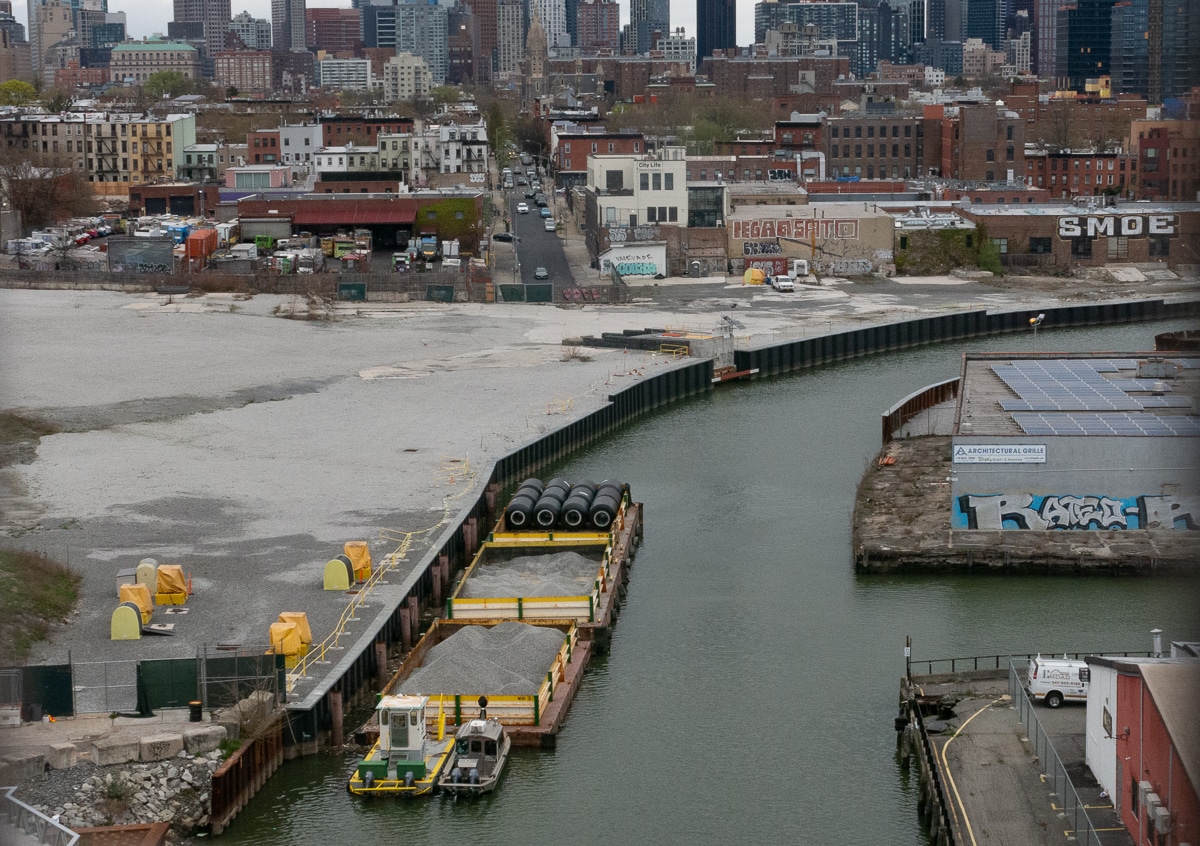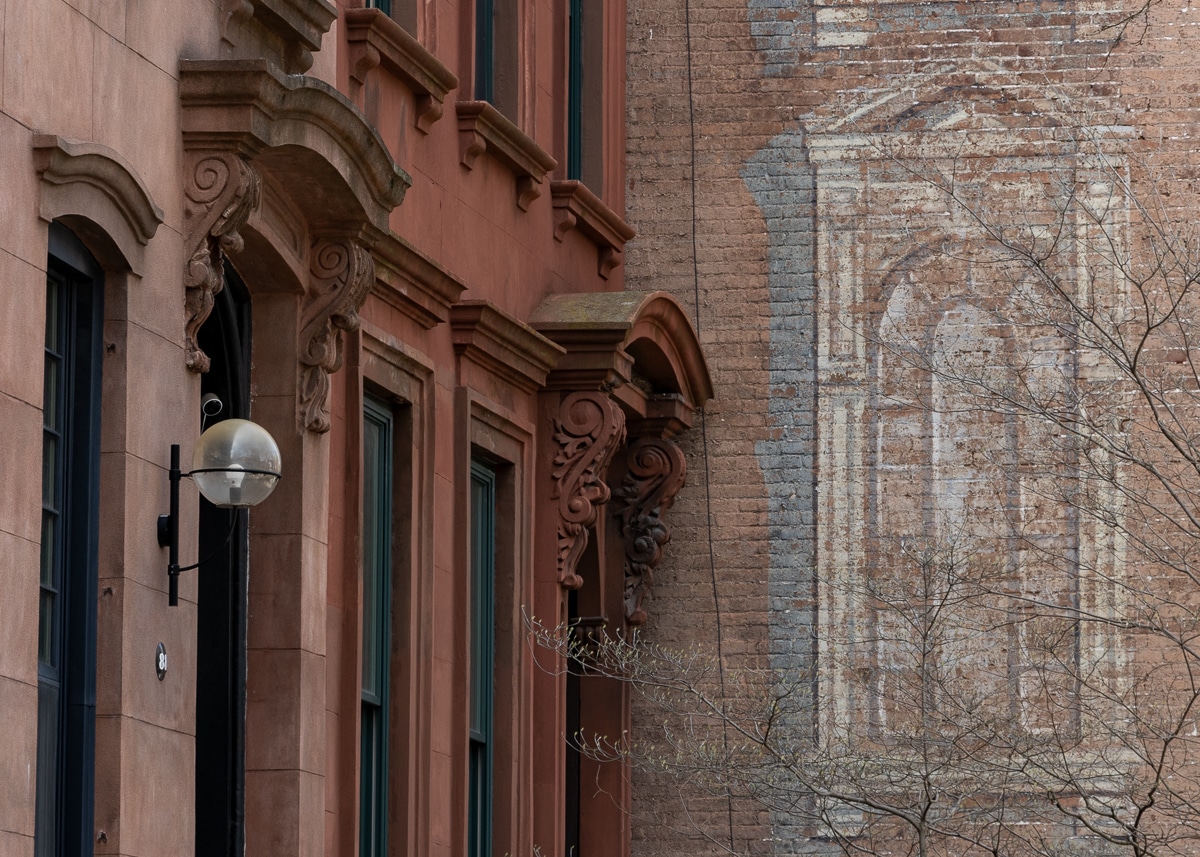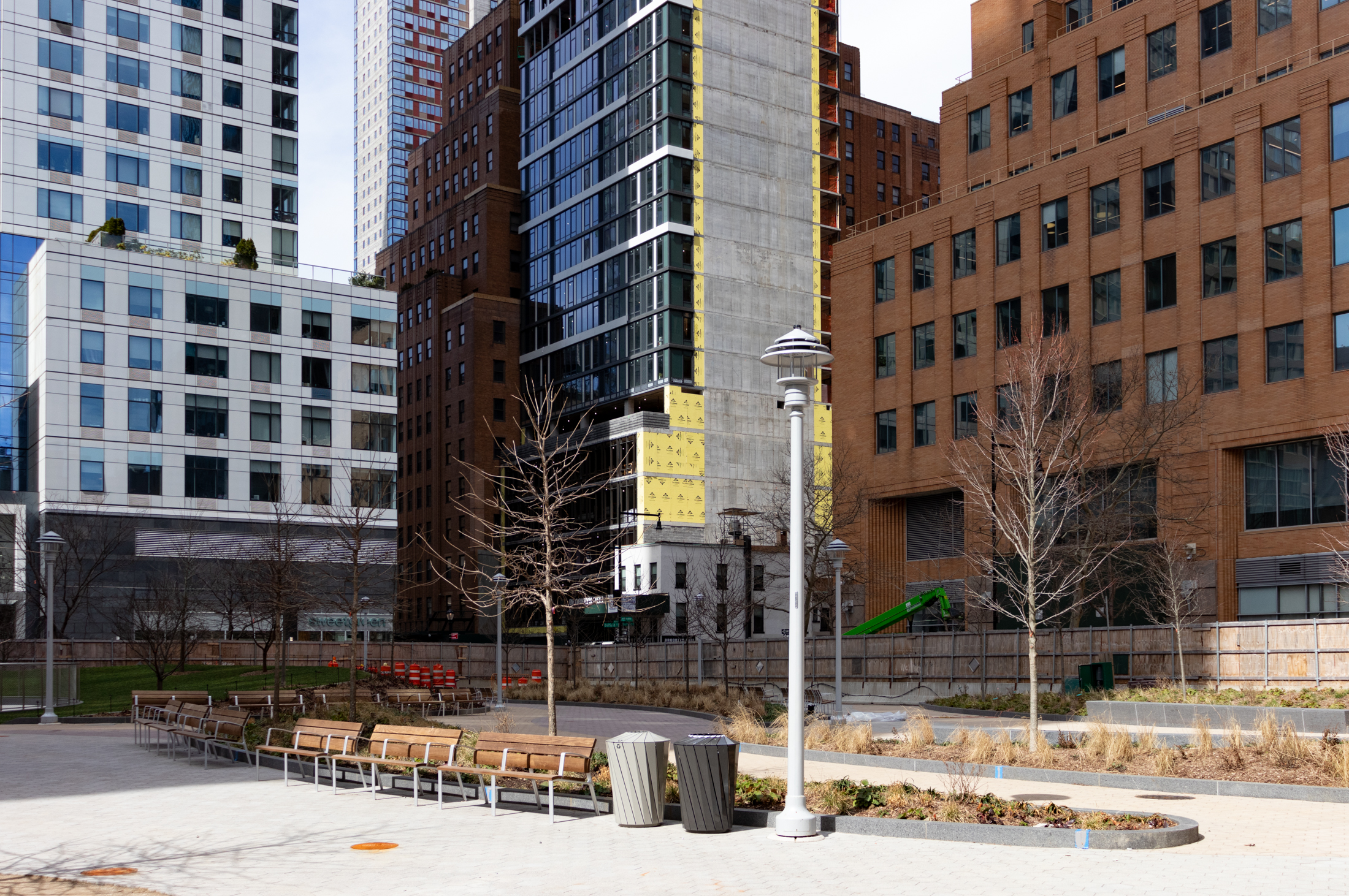Building of the Day: 40 Flatbush Extension
(Photo: Jim Henderson for Wikimedia) Brooklyn, one building at a time. Name: Former Sperry Gyroscope Company, now the Howard Building, part of CUNY Address: 40 Flatbush Extension Cross Streets: Corner of Concord Street Neighborhood: Downtown Brooklyn Year Built: 1915-16 Architectural Style: early 20th century concrete factory Architect: Frank Helmle Other Works by Architect: Bossert Hotel,…

(Photo: Jim Henderson for Wikimedia)
Brooklyn, one building at a time.
Name: Former Sperry Gyroscope Company, now the Howard Building, part of CUNY
Address: 40 Flatbush Extension
Cross Streets: Corner of Concord Street
Neighborhood: Downtown Brooklyn
Year Built: 1915-16
Architectural Style: early 20th century concrete factory
Architect: Frank Helmle
Other Works by Architect: Bossert Hotel, Bklyn Hts; St. Gregory the Great, CHN; St. Barbara’s, Bushwick; Boathouse, Pros. Park, among many others
Landmarked: No
The story: In 1910, inventor Elmer Ambrose Sperry founded the Sperry Gyroscope Company. Sperry, a native of New York State, was a brilliant inventor and engineer, credited with the co-invention of the gyroscope, one of the most important navigating tools in the modern navy and air force. He also invented a way to separate tin from scrap metal, a gyro compass, and an auto-pilot called the “metal mike”, as well as more mundane and peacetime inventions such as a lighting system for movie projectors, and the modern searchlight. During his life, he founded eight different companies, and held over 400 patents. He lived in Brooklyn for much of his life, and is buried in Green-Wood Cemetery. In 1915, he had his factory built here, on the edge of the Manhattan Bridge.
The location was not happenstance. The architect of the project, well-known and respected architect Frank J. Helmle, designed the building to take advantage of the open spaces around the bridge, allowing as much light as possible to enter the building, on all sides. This is aided by the rise in the topography, allowing the building to rise high over the Flatbush Avenue Extension. It was the great-grandfather of the tall buildings to come almost a hundred years later.
According to an article in the Real Estate Record and Builder’s Guide, on August 21, 1915, the plant was built for war. World War I was raging in Europe, and most thought it only a matter of time before America got involved. The Sperry gyroscope, which floated in a stable environment while the surface around it moved, was invaluable in ship, plane, and torpedo navigation, all of which would be necessary for the war effort. Because of impending war, the building went up in only a year.
Frank Helmle designed the plant in reinforced concrete, by this time, still new enough a medium to be noted, but fast becoming the only way to build factories and other large buildings. This mode of construction also allowed for a multitude of windows, and the Sperry plant is abundantly served by natural lighting. At the time of this building’s construction, there was only one other large building on Flatbush Avenue Extension, and that was the nearby Board of Health building. The Builder’s Guide article predicted that this would soon be a very desirable street for industrial and commercial ventures, with its proximity to the Manhattan Bridge, and therefore easy way to truck goods out of Brooklyn.
Elmer Sperry’s son Lawrence followed him into the business, but split off in 1918, to form the Sperry Aircraft Company. Sadly, Lawrence would die in a plane crash in one of his designs, in 1923. The company rejoined as the Sperry Corporation, and would go on to great success during World War II, and into the space age, well beyond Elmer Sperry’s own lifetime. He died in 1930. The Sperry Corp invented the ball-turret gun underneath the a fighter bomber, immortalized during WW II, and re-invented by George Lucas for Star Wars.
The company became Sperry Rand in the 1950’s, and co-invented the UNIVAC computer. Over the years, mergers, acquisitions and lawsuits would see the company Elmer Sperry began broken up, and parts of the company became part of Honeywell, and the original gyroscope division became a part of Lockheed Martin. Other parts now make up Unisys.
The building is now known as the Howard Building, a part of CUNY; New York City College of Technology, a fitting new tenant. It also houses other tenants, including some veteran’s affairs, social service offices, and small business services. GMAP












What's Your Take? Leave a Comment